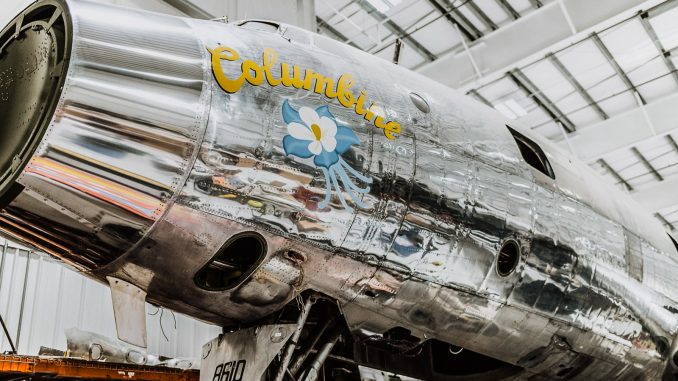
It has been a couple of months since our last update on Columbine II, the Lockheed VC-121A Constellation which President Dwight D. Eisenhower used during the early years of his first term of office. This magnificent aircraft is presently midway through a massive restoration effort at Dynamic Aviation’s headquarters in Bridgewater, Virginia. We have just received a recent progress report from Dynamic Aviation’s Sarah Hedrick, and thought our readers would enjoy seeing what the team has been up to in recent weeks!
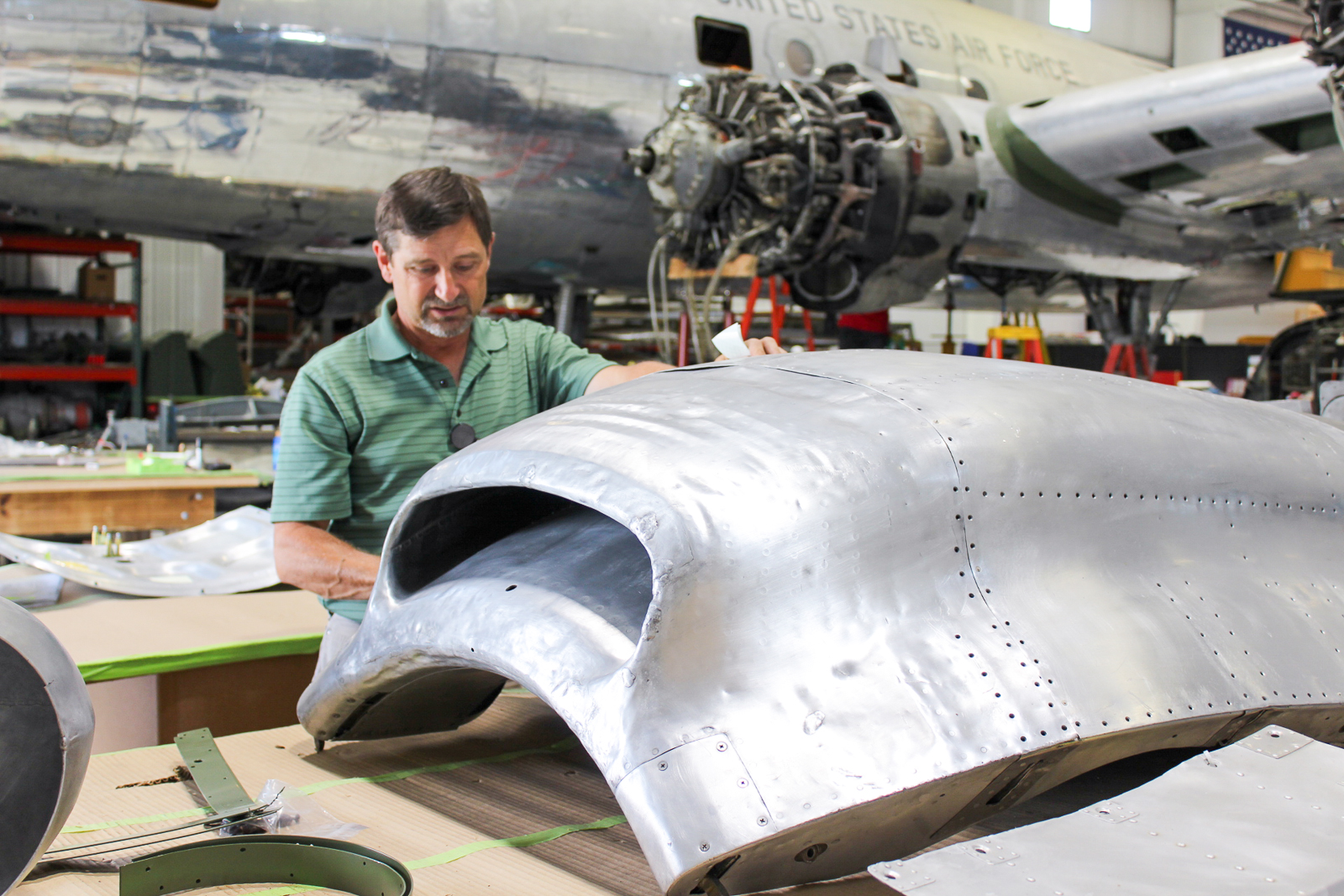
Columbine II has enjoyed a lot of pampering in the way of brand-new pipes and panels, bulkheads and berths! As parts get overhauled, approved and installed, the Connie inches closer and closer to her finishing date… even though it will still be some time before she can touch the skies again.
Currently, Columbine II’s restoration team is in the process of replacing all of the hydraulic tubing for the landing gear, brakes, flaps, etc. The mechanics remove each section of old pipe from the plane, and then measure its shape for the remanufacture of a brand new, identical component. To accomplish this, they use a machine called a mandrel tubing bender, which takes new tubing and bends it precisely into the shape of the original. The new tube is then inspected, painted, tagged, and installed back on the airplane.

The technicians working on Columbine II found some corrosion on two panels beneath the engines which had not been sealed properly when they were installed at some point in the aircraft’s history. This lack of sealing meant that any moisture on the wing’s leading edge ran down and wicked inside the panels when the plane was in flight. The water pooled there and slowly corroded the metal it sat against. As a consequence, these panels needed replacing, so the team has replicated them and installed the new units back on the airplane. The new panels under the wings are very secure now, but when you realize that each panel needed roughly 960 rivets to reinstall, it gives you some idea as to how many rivets are on the plane overall!

The team is performing more paneling work above the wings also. Older panels with the original windows are being replaced and new window openings are being cut out, although the original window returns are being kept.
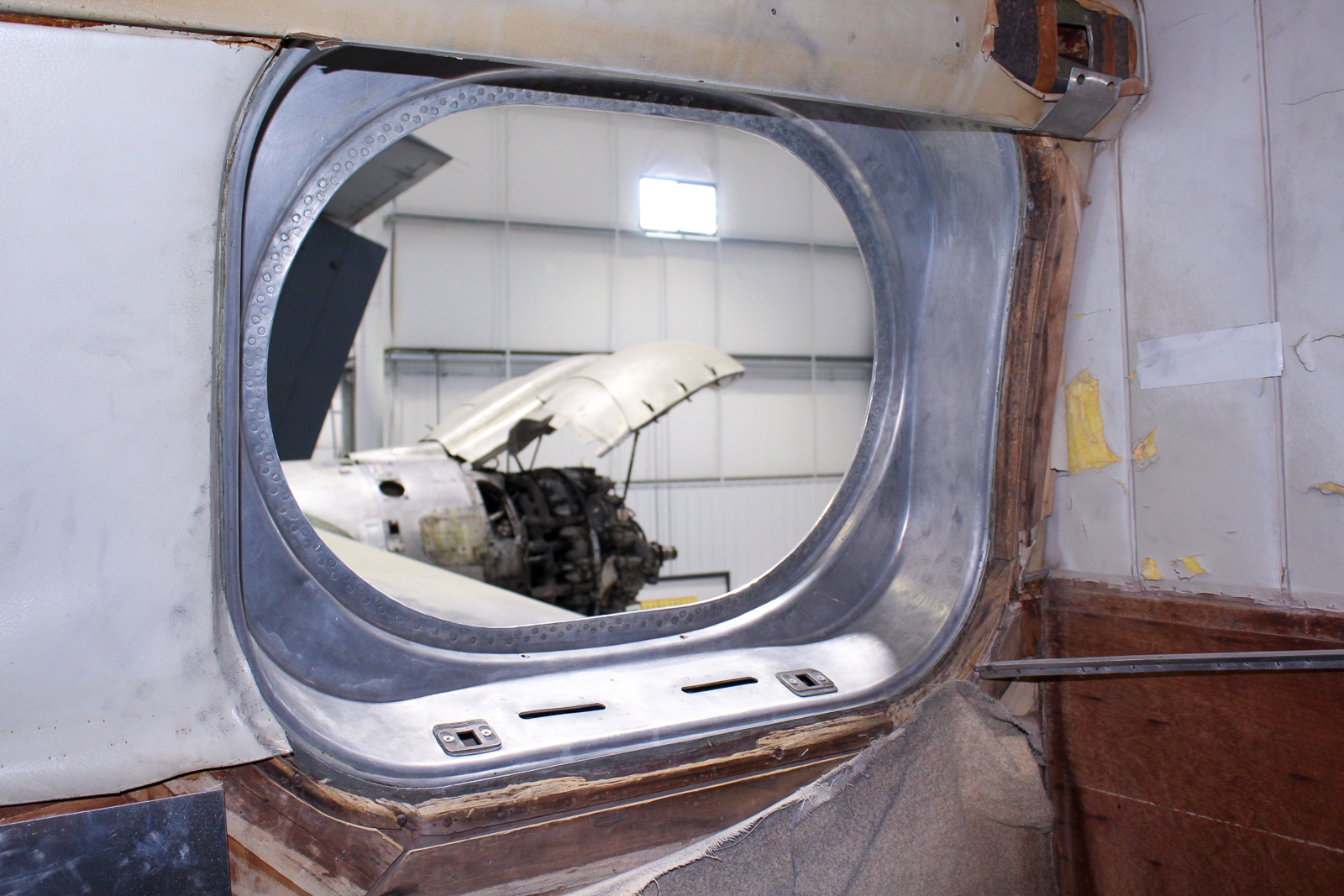
All of the interior fuselage panels are being converted as well, along with the interior bulkheads, which separate the different rooms within Columbine II’s executive interior. These bulkheads were originally made of wood, with a fabric covering. However, due to the excessive weight and potential safety hazards that the original manufacturing materials presented, the restoration team has decided to replace them with an aluminum honeycomb structure equivalent which is one tenth the original weight. They will look identical on their exterior, but will be more durable, easier to maintain and present less of fire risk.

A lot of hard work, value, and care has gone into Columbine II, and for a good purpose – restoring historic aircraft helps us to preserve our history so that we can present it to the next generation!
Related Articles
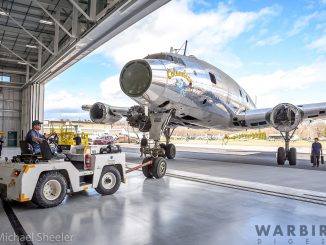
Columbine II – Restoration Update June 2020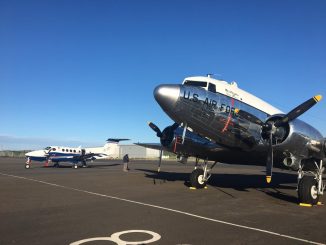
Dynamic Aviation Is Both Supporting and Participating with the D-Day…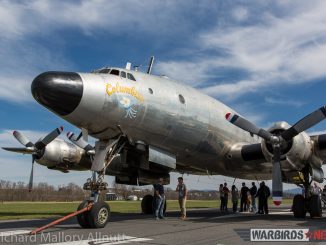
Columbine II Arrives at Her New Home!!!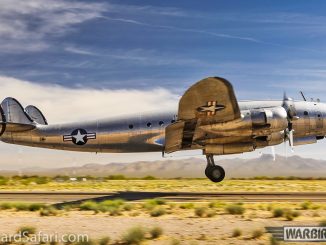
Columbine II – Homeward Flight Update – 21 March, 2016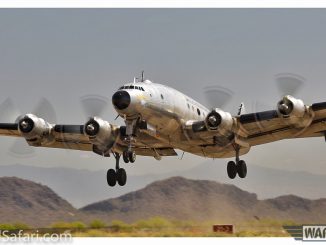
Columbine II – First Flight – And She’s On Her…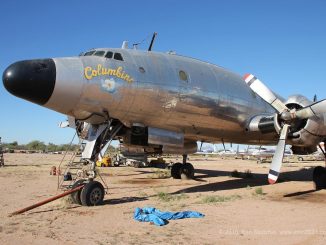
VC-121A ‘Columbine II’ Will Fly Again Soon!!!
Richard Mallory Allnutt's aviation passion ignited at the 1974 Farnborough Airshow. Raised in 1970s Britain, he was immersed in WWII aviation lore. Moving to Washington DC, he frequented the Smithsonian’s National Air & Space Museum, meeting aviation legends.
After grad school, Richard worked for Lockheed-Martin but stayed devoted to aviation, volunteering at museums and honing his photography skills. In 2013, he became the founding editor of Warbirds News, now Vintage Aviation News. With around 800 articles written, he focuses on supporting grassroots aviation groups.
Richard values the connections made in the aviation community and is proud to help grow Vintage Aviation News.


Be the first to comment
Graphic Design, Branding and Aviation Art